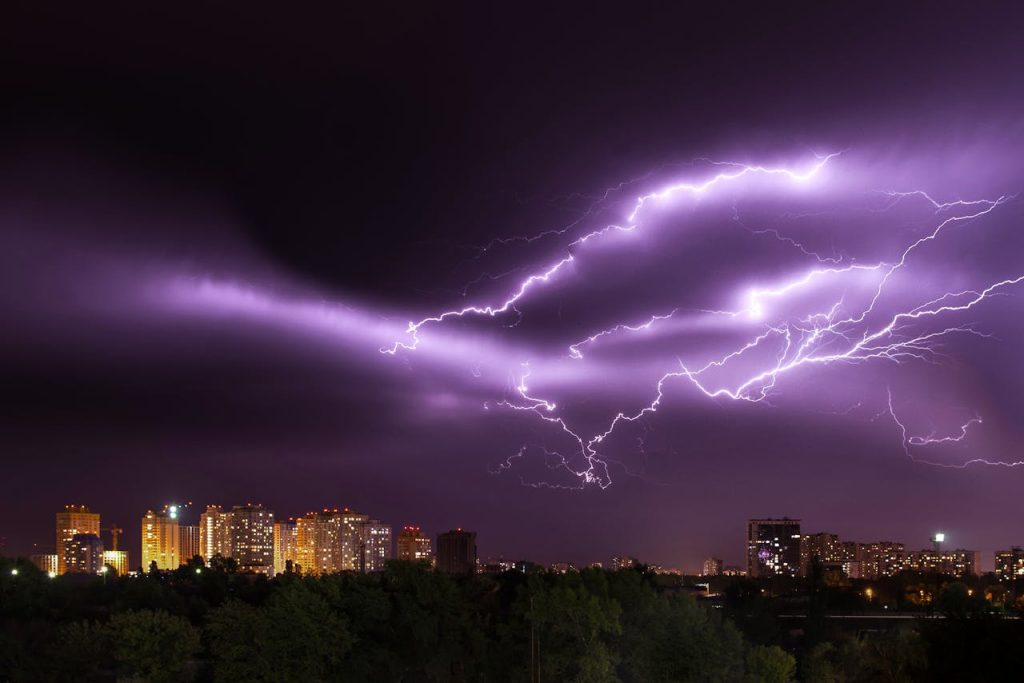
The American Southwest has a lot going for it. It’s beautiful, for one thing. You can live in some gorgeous cities where you can enjoy outdoor activities, fine dining, and a thriving job market.
That’s not to say you won’t run into some dangers in this part of the US. Reckless driving remains an issue. Statistics show Albuquerque has 38 car accidents daily, and you will see similar numbers with many of the larger Southwestern cities. You can sometimes run into some wildlife capable of inflicting harm, including scorpions, venomous snakes, and coyotes.
However, there’s another real and pressing danger that some people think about when they consider moving to the Southwest, and that’s the weather. In recent years, unpredictable weather patterns from climate change continue to impact the lives of many families and individuals living in this region. We’ll take some time to talk about them right now.
Rising Temperatures
Virtually every climate scientist agrees that the planet keeps getting warmer. Even if you’re not a scientist, you can see this by glancing at a thermometer if you live in Arizona, New Mexico, or Nevada during the summer. Visitors might love the views and the air-conditioned buildings, but they start sweating instantly when they leave their climate-controlled hotels.
The Southwest can easily see triple-digit temperatures for days on end at this point. These punishing extremes impact this part of the country in many ways. The cost of keeping buildings cool goes up, which means higher energy bills for homeowners.
You can’t go jogging, walking, or cycling for most of the day. You can only safely do it for about an hour right at dawn or for an hour right before the sun sets.
If you leave the house, you must bring a water bottle or a bottle of sports drink with you to replenish your electrolytes. Wherever you go, you perspire profusely.
So-called “heat stress” can kill people. A healthy adult might get out of the sun in time, but an older person who misjudges the heat and tries to walk somewhere close by might die if they feel the sun’s punishing rays for a relatively short amount of time.
Children face danger as well. They might not know to hydrate and stay out of the sun during the hottest part of the day. Any parent who foolishly leaves their child in the car on a hot day while they go into a grocery store risk killing them in just a few minutes.
You also can’t let your dog out in the yard or walk them for most of the day. The pavement gets too hot, and it can burn their paws. This makes many of the dogs stir-crazy. They must remain inside for most of the day, and they experience boredom.
Drought
Drought and water scarcity continue plaguing the Southwest as well. The Southwest needs water reservoirs like Lake Mead. However, such resources keep drying up more and more with each passing year.
There’s not very much precipitation, either. The scarcity of rain makes it seem like a blessing every time there’s a brief shower in the summer. Some communities do not have enough drinking water.
Agriculture runs into problems because of a lack of water as well. The Southwest never produced that many crops as compared to some other parts of the country, but now, it can produce almost nothing.
That means this region must bring in certain grocery items from elsewhere, and the producers of those items can gouge the residents. Residents must continue paying those high prices to get what they want because they can’t produce it locally.
Economic Impact
The heat brings economic impacts as well. Droughts can cause energy disruptions. The hydroelectric dams that supply the main cities with power don’t always work as well in extreme conditions. When they malfunction, the residents nearby might see power outages.
That means they can’t work, and businesses shut down. Homes become unlivable until the entities watching over the dams can get the hydroelectric power working again.
Wildfire Risks
Wildfires also happen every summer now in the Southwest. When they occur, they can wipe out or at least endanger entire animal species. They impact humans as well. If you live in a rural area that has a wildfire risk, you can lose everything you own in a matter of minutes.
You also sometimes can’t get homeowner’s or renter’s insurance anymore. If you can get it, the companies might charge much more than they once did because they know about the higher wildfire risks.
Even if you live in a major city and feel you don’t have much direct wildfire risk, that doesn’t mean you won’t breathe in the smoke if a wildfire breaks out nearby. The air quality lowering means individuals with asthma and similar conditions must walk around wearing masks, or in some cases, they can’t leave the house at all.
Even if you’re healthy and don’t have any serious respiratory conditions, you can eventually develop one if you keep breathing in polluted air year after year. The air quality can take years off your life if you refuse to leave.
In short, if you live in the Southwest, extreme weather might cause you to consider moving. If you do end up staying, you must think about the ways weather and its secondary effects will impact your life and the lives of loved ones.
Some individuals and families who like the area still end up leaving eventually if everything we’ve mentioned becomes too much. They realize they have better opportunities elsewhere.
If you’re thinking about moving to this part of the country for work or some other reason, you must factor in the weather and everything it brings with it. While the Southwest has its charms, stepping out of doors in the summer might convince you to move to a climate that does not see as much yearly punishment. You must weigh your choices carefully.

